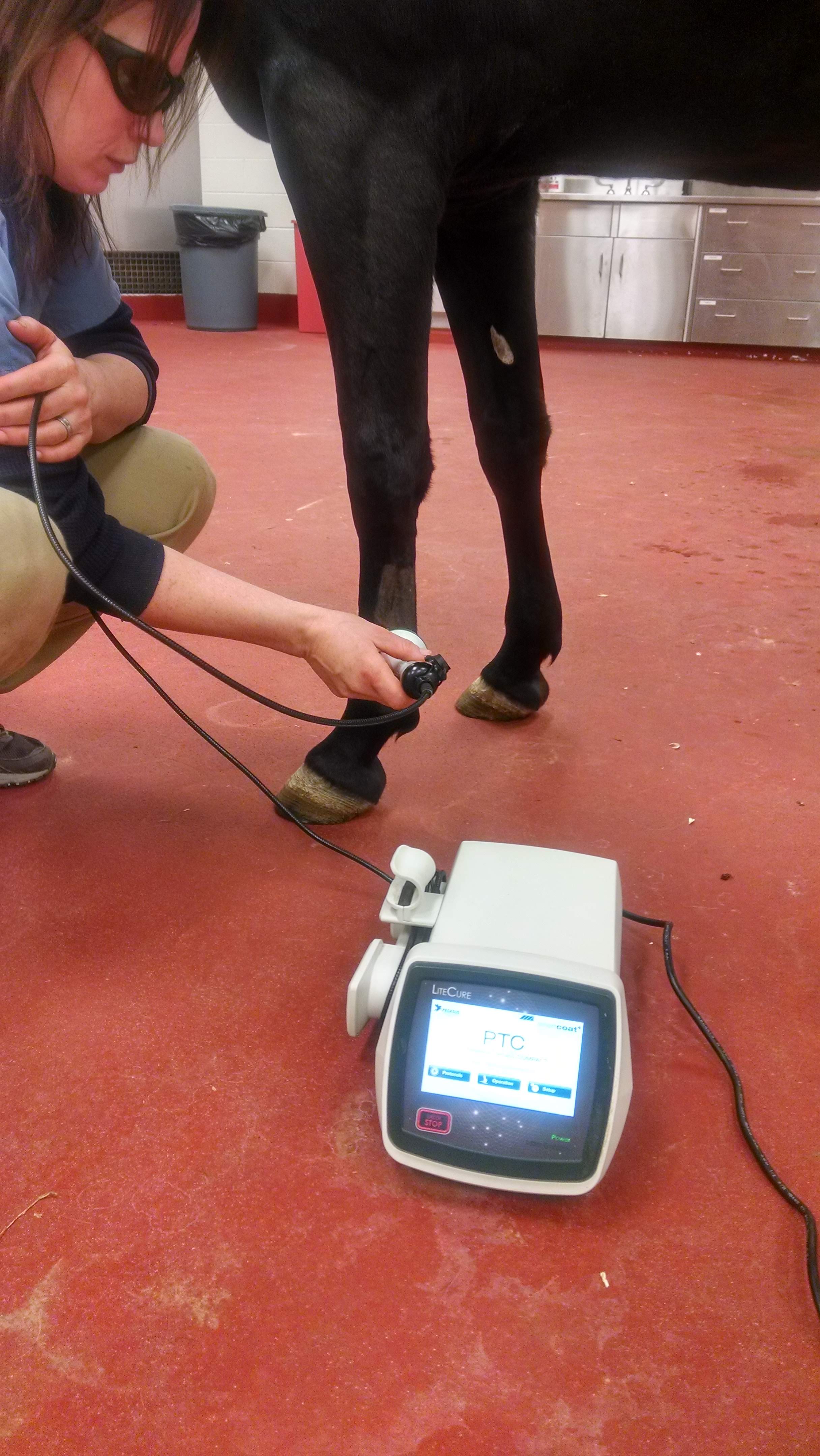Equine Therapy Success Stories: Real Individuals, Actual Psychological Makeovers
Equine Therapy Success Stories: Real Individuals, Actual Psychological Makeovers
Blog Article
Exactly How Laser Therapy in Equine Therapy Is Transforming Veterinary Take Care Of Equines
Laser therapy has emerged as a transformative approach in equine vet care, offering a non-invasive solution that quickens recovery and improves overall health. The portability and flexibility of laser treatment gadgets even more underscore their expanding indispensability among vets.
Comprehending Laser Treatment

The technology behind laser therapy is based in the concept of photochemistry, where photons are taken in by chromophores within cells, causing enhanced ATP production and inflection of reactive oxygen species (Equine Therapy). This, subsequently, advertises cellular proliferation, minimizes inflammation, and speeds up healing. Vet practitioners utilize different types of lasers, including low-level lasers (LLLT) and high-power Course IV lasers, relying on the particular therapeutic purposes and the nature of the equine problem being dealt with
Different laser wavelengths and power settings are carefully selected to target various tissue depths and accomplish desired clinical outcomes. Safety and security methods are paramount, as improper use can bring about thermal damages or suboptimal healing results. Therefore, a thorough understanding of laser treatment's devices and applications is crucial for its effective implementation in equine vet practice.
Advantages for Horse Health And Wellness
The myriad benefits of laser therapy for equine health incorporate boosted healing, discomfort reduction, and improved wheelchair. This sophisticated treatment technique leverages certain wavelengths of light to permeate tissues, boosting mobile function and promoting quick cells repair. The non-invasive nature of laser treatment ensures very little stress and anxiety and discomfort for the equine, helping with a smoother recuperation procedure.
Enhanced recovery is just one of the foremost advantages, as laser treatment accelerates mobile regeneration and collagen synthesis. This causes quicker recuperation times from injuries and procedures. Pain decrease is attained with the anti-inflammatory impacts of laser treatment, which decreases swelling and minimizes the manufacturing of pain-inducing chemicals. Therefore, steeds experience significant remedy for persistent and sharp pain conditions.
By minimizing swelling and pain, and enhancing cells fixing, laser treatment aids in bring back joint function and muscle mass versatility. Hence, laser treatment stands as a transformative tool in contemporary equine vet treatment.
Typical Conditions Dealt With
Laser treatment has arised as a versatile therapy option for a selection of typical equine problems. Furthermore, laser treatment is efficient for problems like osteoarthritis, where it aids minimize joint swelling and promote tissue repair.
Wound management is an additional area where laser therapy has actually revealed significant pledge. Persistent injuries or slow-healing ulcers can be specifically difficult in steeds, yet laser treatment improves mobile regeneration and improves blood flow, therefore speeding up the healing process. In addition, laser treatments have been efficiently used in managing hoof problems such as laminitis and abscesses, alleviating pain and check my source advertising much faster recovery.

Innovation Behind Laser Therapy
Beyond the myriad conditions treatable with laser therapy, the technology itself values more detailed exam. At the heart of laser treatment is using specific wavelengths of light to permeate cells and evoke organic feedbacks. These wavelengths, usually varying from 600 to 1000 nanometers, are precisely soaked up by chromophores in the skin, muscular tissue, and other cells, initiating a cascade of mobile occasions.
Laser devices used in vet medication usually utilize low-level laser treatment (LLLT) or chilly laser therapy. Unlike high-powered medical lasers, these devices operate at lower energy levels, maximizing healing benefits while minimizing thermal damages. The energy from the laser light boosts adenosine triphosphate (ATP) manufacturing, enhances mobile metabolic process, and speeds up tissue repair procedures.

Success Stories and Study

Showcasing the substantial benefits of laser treatment, various success tales and instance research studies brighten its transformative impact on equine health and wellness. One such instance involves a thoroughbred racehorse suffering from chronic tendonitis. Traditional treatments yielded very little renovation, but after integrating laser therapy into the program, read this post here the steed showed substantial decreases in swelling and pain within weeks, ultimately returning to affordable racing.
One more engaging instance includes a dressage steed diagnosed with serious pain in the back, limiting its performance. A vet group utilized low-level laser therapy (LLLT) to target the inflamed areas, resulting in marked improvement in flexibility and a significant reduction in discomfort. Over several sessions, the steed reclaimed its peak type, showcasing the effectiveness of laser therapy in dealing with musculoskeletal problems.
Furthermore, a study carried out at a leading equine facility checked out 50 equines with various soft cells injuries treated with laser therapy. The outcomes stood out: 85% of the horses showed sped up recovery times and enhanced movement. These instances highlight the versatility and effectiveness of laser treatment in equine medicine, using from this source a non-invasive, scientifically-backed method to boosting healing and efficiency in equines.
Verdict
Laser therapy is revolutionizing equine vet care by supplying a non-invasive treatment that speeds up recovery, decreases inflammation, and relieves pain. With its performance in treating a variety of problems, from musculoskeletal injuries to persistent disorders like osteoarthritis, this innovation significantly improves equine wellness and movement. The transportability and flexibility of laser therapy additionally emphasize its transformative impact on vet techniques, solidifying its role as a crucial tool in contemporary equine medical care.
Report this page